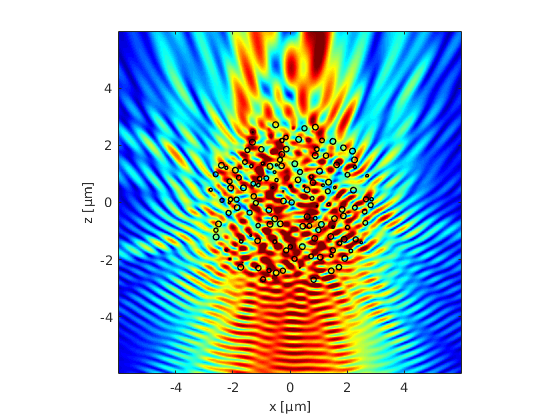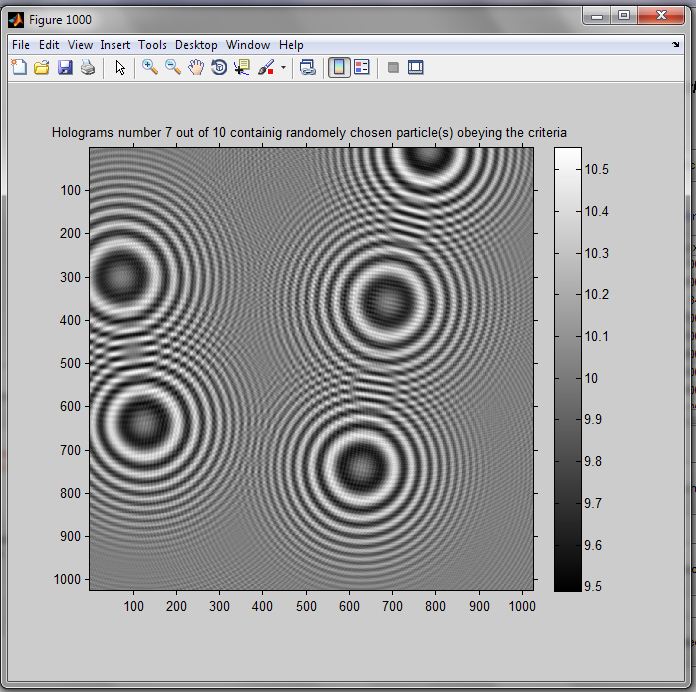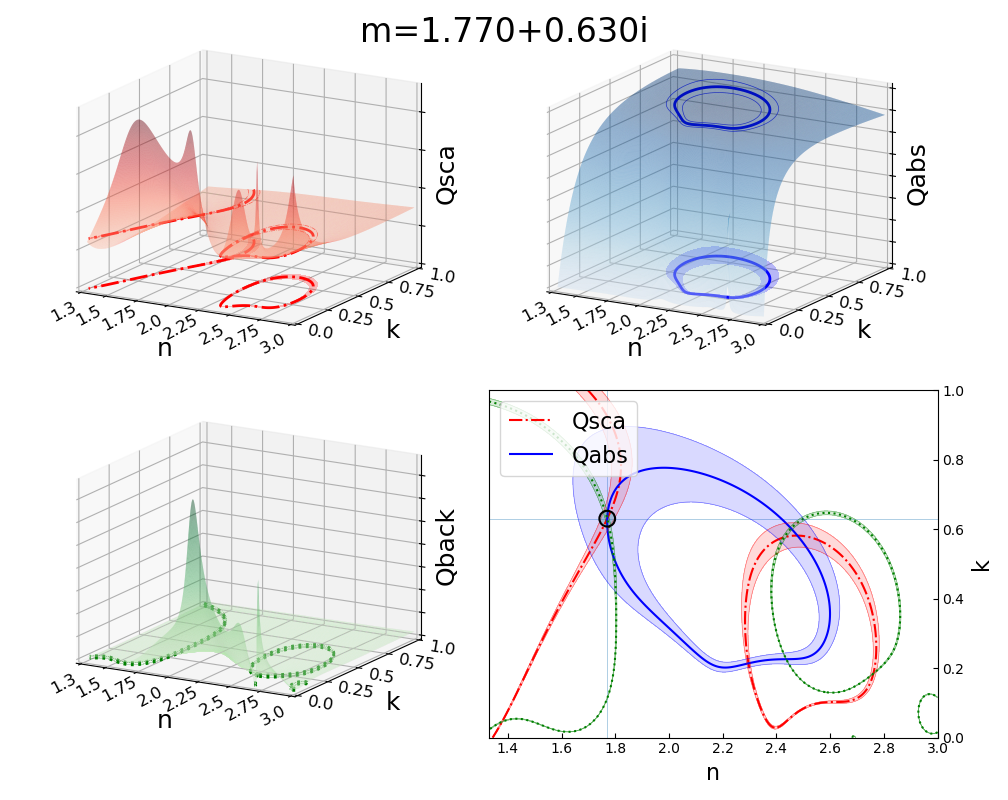|
|
 |
Scattering of Electromagnetic Waves by Obstacles
Scattering of Electromagnetic Waves by Obstacles
Gerhard Kristensson
Institution of Engineering and Technology 2016
CELES CUDA-accelerated Electromagnetic scattering for Large Ensembles of Spheres
CELES is a fast MATLAB code for the multi-sphere T-matrix method implemented by Amos Egel, Lorenzo Pattelli and Giacomo Mazzamuto. It runs on NVIDIA GPUs. The aim of the software is to solve light scattering problems comprising very large numbers of spherical particles.

Fast superposition T-matrix method FasSTMM
The FORTRAN program by Johannes Markkanen FastMM computes electromagnetic scattering by a group of spheres with the superposition T-matrix method.
SMUTHI
SMUTHI by Amos Egel solves 3D light scattering problems involving one or multiple particles (spheres, spheroids and finite cylinders) inside a planarly layered medium. It is based on the T-matrix method for the individual particles and on the scattering-matrix method for the propagation through the layered medium. For spheroids and finite cylinders, the particles' T-matrices are computed using the NFM-DS package by Adrian Doicu, Thomas Wriedt and Yuri Eremin.

Wave Scattering Toolbox
TMATROM is a simple and easy to use reduced order model toolbox for simulating 2D wave propagation, acoustic and electromagnetic waves, wave propagation exterior to one or more scatterers; sound soft/sound hard/ transverse electric (TE)/ transverse magnetic (TM)/ absorbing/ dielectric scatterers; low, medium and high frequencies

2D FDTD Mini Simulation

Series: ScattPort Series, Vol. 4
Wriedt, Thomas (Ed.)
Light Scattering by Particles, Bremen Workshop 2017
epubli, Berlin 2017, Softcover 22,00 €
ISBN: 9783745016666

HoloRec3D: Digital Holography Matlab Toolbox

Python Mie Scattering package (PyMieScatt)
In addition to over twenty functions for Mie theory calculations, it contains our implementation of a highly visual method for solving the inverse Mie problem for the complex refractive index, given known or assumed size parameter and optical measurements.

Series: ScattPort Series, Vol. 3
Wriedt, Thomas (Ed.)
Light Scattering by Particles, Theoretical and Practical Aspects
epubli, Berlin 2016, Softcover 20,00 €
ISBN: 9783741848797

|
|
 |
|